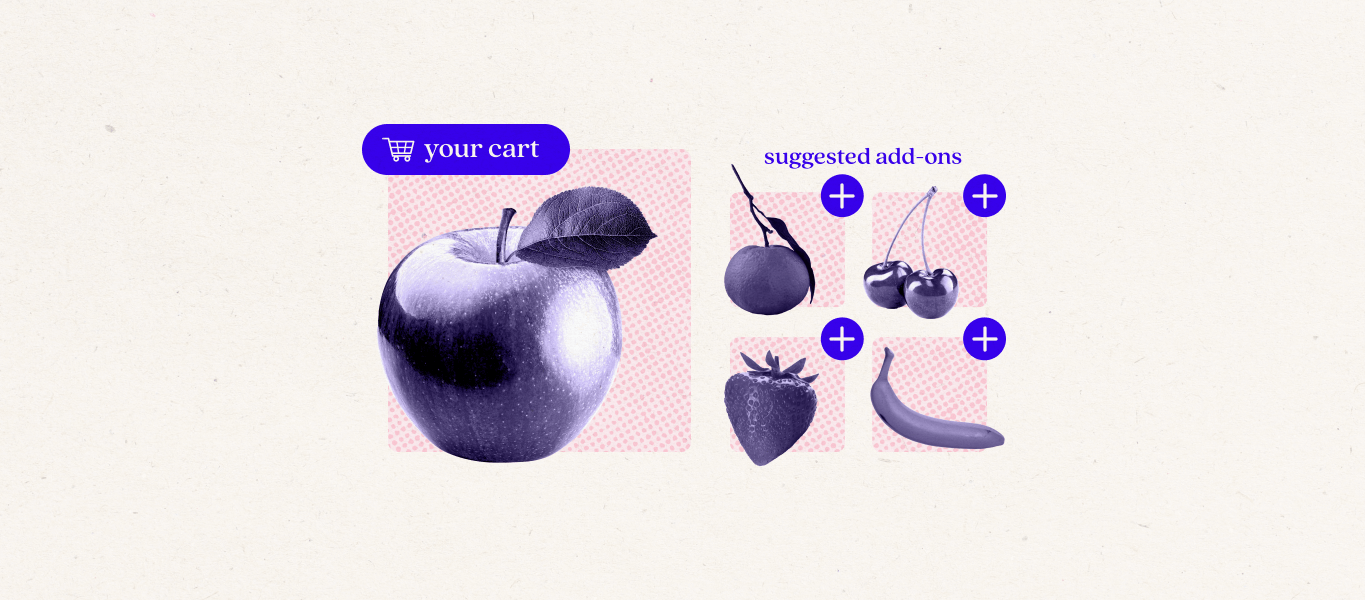Ecommerce has come a long way since its inception, and in this ever-changing world of online shopping, personalization is becoming increasingly important. It’s no longer a nice perk, but rather an expected aspect of the customer experience.
In 2024, customer loyalty is no longer solely about the products you offer—it’s also about the personalized experiences and interactions you provide.
To foster customer loyalty, you must understand the customer journey, harness the power of customer data, and implement effective ecommerce personalization tactics. In this post, we’ll explore the ecommerce personalization strategies that online retailers should consider to enhance customer satisfaction, boost loyalty, and ultimately drive success.
Key takeaways
- Ecommerce personalization is a key element of a successful customer experience that shoppers today expect and appreciate.
- Following the ecommerce personalization examples listed below can help your brand create an engaging and rewarding journey for your customers.
Understanding the customer journey
To implement effective ecommerce personalization, you must first understand the customer journey. It’s a multi-step process that involves attracting, engaging, and retaining customers. Mapping this journey will help you identify key touchpoints where personalization efforts can be most effective.
Leveraging customer data
Customer data is a goldmine for ecommerce personalization—and can help merchants create personalized experiences throughout each shopper’s journey.
By analyzing purchase history, browsing behavior, and demographic information, you can create a detailed customer profile. This data empowers you to tailor the shopping experience to individual preferences. For example, offering personalized product recommendations based on past purchases and browsing behavior can significantly enhance customer satisfaction.
5 ecommerce personalization strategies to enhance the customer experience
Consider the personalized experiences you interact with every day. One great example is Spotify’s personalized playlists based on your listening history and favorite songs. They make it easy to enjoy the music on their app by specially curating playlists that are unique to your musical tastes.
Now apply this theory to ecommerce. Personalized experiences will help you drive customer loyalty and boost customer lifetime value by creating a better customer experience for your shoppers. If you take the guesswork out of shopping for them, based on prior customer behavior and data from their specific customer segment, you can ensure more satisfied customers.
Continue reading to learn five strategies to deliver personalized experiences to your customers.
1. Personalized product recommendations
A personalized shopping experience can set your online store apart. Start with customizing product recommendations, and show customers items they might like as they’re shopping on your site. For the best outcome, showcase these product recommendations at various points throughout their journey, even on the checkout page.
You can also personalize the website’s layout and design to align with customer preferences. This creates a unique and tailored experience, leading to higher conversion rates and happier customers.
2. Attentive customer service
Exceptional customer service is another key to customer loyalty and an integral way to make your shopping experience more personalized.
Take advantage of integrations to implement chatbots and virtual assistants that promptly address customer inquiries and issues. Additionally, merchants can use customer data to personalize the responses and make the interaction feel more human and attentive. This personal touch can turn occasional shoppers into loyal customers.
3. Real-time personalization efforts
Real-time personalization takes ecommerce personalization to the next level. Using data analytics, you can respond to customer actions as they happen. For example, if a customer abandons their cart, send a personalized email with a discount code or a direct checkout link to encourage them to complete the purchase. This kind of proactive personalization can significantly impact the customer experience.
4. A/B testing & continuous optimization for commerce personalization
To determine what works best for your audience, it’s essential to conduct A/B testing on your personalization efforts. Test different recommendations, messaging, and design elements to see what resonates most with your customers. Continuous testing and iterating, which can be done with Recharge Flows, is the key to staying relevant and maintaining customer loyalty while increasing lifetime value.
5. Customer feedback from loyal customers
Don’t forget to listen to your customers. Encourage feedback through surveys, reviews, and social media. Take their input into consideration and make improvements accordingly. Engaging with customers in this way not only fosters loyalty but also shows that you care about their opinions and experiences as you develop new ways to create personalized and relevant content.
Increase customer loyalty with personalization strategies
In the next year, ecommerce personalization will be more critical than ever in maintaining and increasing customer loyalty.
By understanding the customer experience, leveraging customer data, offering personalized shopping experiences, and providing personalized customer service, online retailers can create an environment where loyal customers thrive.
Remember, personalization efforts should be continuous, adaptable, and data-driven. As technology continues to advance, personalization is set to play an even more significant role in shaping the future of ecommerce. By staying ahead of the curve, you can ensure your online store remains a trusted destination for your valued customers.
At Recharge, we value privacy and handle personal information accordingly. Learn more about how we handle personal information by reviewing our Trust Center.
Sources
[1] Targeted marketing strategies: Unlocking potential with direct checkout links (Recharge)
[2] Flows (Recharge)



